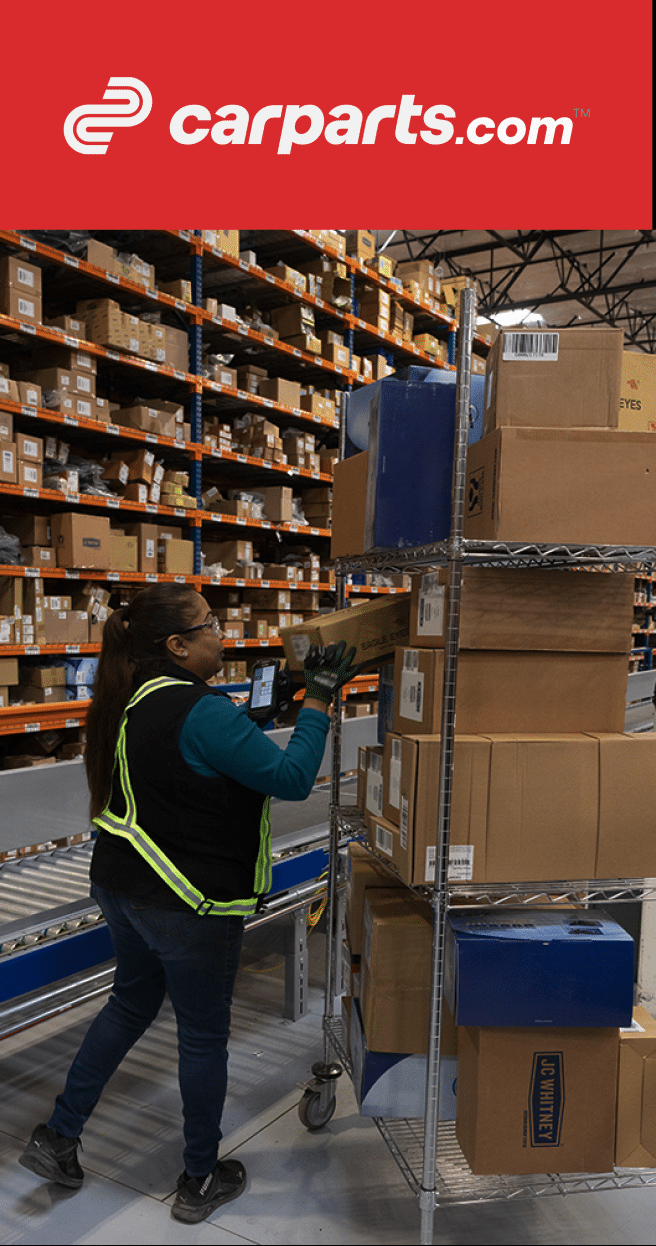
Warehouses often struggle to move products efficiently. In distribution centers, it’s common to see items piling up in different locations. Whether it’s labor shortages, unbalanced task distribution, or inefficiencies in inventory management, these bottlenecks can ripple through the entire supply chain. Fortunately, advanced AI technology offers powerful solutions to eliminate these challenges and keep operations running smoothly.
Want to dive deeper? Check out our white paper, Building Hyper-Efficient Warehouses, for a comprehensive look at how AI-driven technologies are transforming warehouse operations.
Here’s how inVia’s AI helps break down some of the most common bottlenecks:
1. Task Prioritization and Workflow Orchestration
The Problem: One of the biggest challenges in warehouse operations is meeting SLA deadlines while ensuring tasks are completed efficiently. Traditional methods like wave picking organize tasks into waves based on order batches, which often leave workers waiting for their next assignment once a wave is completed. This creates idle time and missed deadlines.
How inVia’s AI Solves It: Today, AI can sift through massive amounts of data instantly, analyzing order details, inventory levels, worker availability, and equipment status in real-time. The inVia IQ AI engine, which powers inVia Logic WES software, leverages this capability to make split-second decisions continuously. It manages countless variables without delay—far beyond what humans could handle manually. Unlike wave picking, which processes orders in large batches, inVia’s waveless picking system operates continuously, assigning tasks in real-time. This keeps workers engaged, reduces downtime, and boosts throughput—especially during high-demand periods. The system continuously reassesses priorities, adjusting workflows and reallocating resources as needed to maintain maximum productivity.

Waveless picking, powered by AI-driven inVia Logic WES software
2. Unbalanced Workloads
The Problem: Bottlenecks frequently occur when certain parts of the fulfillment process are overloaded while others are underutilized. For example, items may be picked quickly but not packed fast enough, leading to backups at packing stations. Or replenishment may lag behind, forcing pickers to wait for inventory.
How inVia’s AI Solves It: inVia’s AI uses intelligent task scheduling to distribute workloads evenly across the warehouse. By analyzing factors like worker speed, available resources, and task complexity, inVia’s AI ensures that no station is overwhelmed while others sit idle. Handling large items takes longer than smaller ones, and picking across different zones adds complexity—the system accounts for these variables and predicts worker behavior accurately. It assigns the right person to the right task based on individual performance and specific job characteristics.
3. Inventory Management Bottlenecks
The Problem: Often, managers don’t have time for proper organization, leading to outdated products, like Christmas items in January, occupying valuable space meant for the fastest-moving items. Without proper re-slotting, inefficiencies arise. When items are missing or high-demand products are placed in hard-to-reach locations, pickers struggle to meet deadlines. Inconsistent replenishment timing can also lead to shortages in picking areas, forcing workers to wait for stock to be replenished.
How inVia’s AI Solves It: inVia’s AI optimizes inventory placement by analyzing product demand patterns and SKU velocities. The system dynamically re-slots SKUs to ensure that fast-moving items are always easily accessible, improving picking speed. It also predicts the best locations for items based on historical data, maximizing space utilization. Additionally, inVia’s AI-driven system intelligently schedules replenishment to ensure that stock is always available when and where it’s needed, minimizing delays and keeping the picking process running smoothly.

Optimal Inventory Placement
4. Workflow Disruptions
The Problem: Warehouse conditions are anything but static; they change from minute to minute. Whether it’s an unanticipated delay, equipment failure, or a sudden change in order priorities, these unexpected events are part of daily warehouse operations.
How inVia’s AI Solves It: The revolutionary aspect of AI in decision-making is its ability to continuously monitor and fine-tune task assignments. It’s a perpetual cycle of monitoring, analyzing, and adjusting to maintain peak efficiency. inVia’s AI-powered workflow orchestration continuously monitors operations, making automatic adjustments to keep things moving smoothly. When disruptions occur, AI reroutes tasks, reassigns resources, and updates priorities to prevent bottlenecks. This adaptive workflow ensures that even when problems arise, the warehouse stays productive.
Conclusion:
AI is transforming warehouse operations by optimizing workflows and addressing inefficiencies before they become bottlenecks. It enables smarter task allocation, real-time decision-making, and continuous workflow adjustments.
inVia’s software-first approach leverages AI to streamline warehouse operations from the start. By optimizing workflows dynamically, inVia helps ensure that resources are used efficiently, disruptions are minimized, and productivity remains high. Once the workflows are optimized, inVia builds on this foundation by introducing inVia PickerWall robotic automation to further enhance productivity.
Want to learn more? Download our white paper, Building Hyper-Efficient Warehouses, and see how AI can transform your operations.
